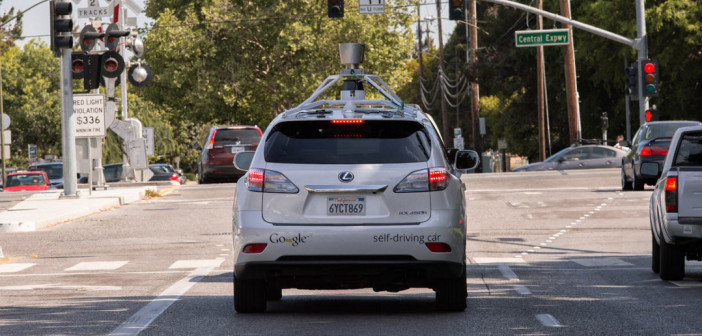By Karolina Eklund, head of marketing, Anite
The introduction of wireless technologies into the world of the connected car is leading to an increased level of complexity for car manufacturers. This challenging radio environment is one that automotive manufacturers have to address through rigorous testing in order to meet or even exceed end users’ expectations.
Automotive manufacturers are equipping new vehicles with multiple wireless systems, including cellular technologies (2G, 3G and 4G,) and satellite communications (such as GPS, GLONASS, Galileo, BeiDou and V2X technology). Future applications, including enhanced traffic information services, multimedia services, vehicle relationship management (VRM) services and baseline emergency call capabilities, will rely on the quality and reliability of the connectivity the vehicle is able to establish with the wireless network.
Although LTE is the favoured radio access technology for next generation systems, cellular networks will also need to provide backwards compatibility with 2G and 3G in order to provide consistent service delivery.
Several governments worldwide are mandating automotive manufacturers to equip every new car with emergency call (eCall) features from 2018. The aim of this initiative is to reduce the response time to an accident to half the current average. To achieve this target, it will be necessary to immediately establish cellular connectivity (2G, 3G, LTE etc,) with the emergency services when an incident, such as the release of an airbag, is automatically triggered. The call must be maintained long enough for the driver to report the location and scale of the incident.
Wireless performance and reliability
Vehicle navigation systems, as well as location reporting for emergency call services, rely on satellite communication. To verify the connectivity, car manufacturers and their suppliers have to perform a significant number of drive tests. Vehicles travel at different speeds and directions as well as in different environments (rural or urban), which creates a large number of network and device mobility and propagation scenarios.
Consequently, developers need to take into account numerous environmental profiles that present varying degrees of radio interference and multi-path conditions. This situation is leading to increased testing complexity, a challenging radio environment and potentially more complicated, expensive and time-consuming test procedures.
Since network traffic and the number of cars on the road affects vehicle drive testing results, it is difficult to realistically recreate a situation where specific issues are detected. This is why vehicle drive testing can be quite expensive, time consuming and inefficient. Furthermore, costs associated with vehicle drive testing rise exponentially when the manufacturer performs drive testing across multiple countries to verify wireless roaming.
In order to reduce these costs and comfortably replicate real world scenarios, developers and test engineers use test methodologies already deployed in the mobile industry, when testing is typically performed in the earlier stages of the R&D cycle and in a laboratory environment.
Strategies reducing drive test miles
Virtual drive testing (VDT) is a test methodology already used by the mobile industry, to verify the performance of devices and infrastructure in a lab-based, automated environment. It accelerates product roll out by integrating industry leading lab and field test tools with a sophisticated test automation environment. The solution offers a more cost effective approach to quality assurance testing in the design and development phases. Virtual drive testing significantly reduces the need for vehicle drive testing by accurately replicating field mobility scenarios.
VDT users are able to capture and record a number of parameters including network settings, signalling to the car module, responses from the car module, and the radio frequency (RF) environment in and around the car based on the traffic and reflections from other objects such as cars, buildings and trees. VDT tool sets also picks up satellite signals such as GPS, GLONASS and BeiDou. Furthermore, some VDT tool sets enable the user to run pre-produced test scripts in automation with zero or minimal manual intervention.
So by adopting virtual drive testing, automotive manufacturers can significantly reduce the shipment of prototypes across the globe, which in turn decreases development cost and time, as well as help to keep new prototypes a secret.
Anite is a supplier of test and measurement solutions to the international wireless market.





